The 26th Conference of the Parties (COP) to the United Nations Framework Convention on Climate Change (UNFCCC) was held in Glasgow from 31 October to 12 November 2021. While tangible progress was made both inside and outside the formal negotiations, the world still faces a critical target gap to limit rises in global temperatures to 1.5oC above pre-industrial levels.
I would like to share my personal experience in the international climate change negotiations and offer further reflections on the challenges of climate change and global governance. These are only reflections, not answers.
I have attended five COPs, three as an NGO observer in the Climate Action Network and two as a New Zealand negotiator. My experience has been dominated by the COPs that collapsed.
When I started at COP6 in the Hague in 2000, atmospheric carbon dioxide (CO2) stood at 370 ppm. The agenda was finalising the rulebook for the 1997 Kyoto Protocol. The outcome of the US presidential battle of Bush versus Gore was undecided the whole time. The negotiations hit four sticking points: how to manage forests, how to limit the use of carbon market mechanisms and apply a share of proceeds from unit sales to adaptation, transparency of reporting and compliance, and finance for developing countries for mitigation and adaptation. Does this sound familiar? Countries failed to agree and the session was suspended. The Bush presidency was declared the next day.
By COP6-bis six months later, the Intergovernmental Panel on Climate Change (IPCC) had released its Third Assessment Report and the new US president had dismissed the Kyoto Protocol as ‘fatally flawed.’ This time, some decisions were made but others deferred to COP7. COP President Jan Pronk had proposed mobilising climate finance for developing countries of US$1 billion per year by 2005 but countries could not agree. Critically, the Protocol proved resilient to US withdrawal. The Hon Pete Hodgson, New Zealand Minister of Energy, who had facilitated the carbon market negotiations, was quoted as saying, ‘We have delivered probably the most comprehensive and difficult agreement in history.’
I returned to the COP as a New Zealand negotiator in 2008. By COP15 in Copenhagen in 2009, CO2 was over 387 ppm. That COP was intended to ‘seal the deal’ to stop the climate crisis. It sought to bring developed and developing countries – including the US under the new Obama administration – into a common, legally binding agreement. Over 115 Heads of State attended.
As negotiations stalled, the process lost transparency and inclusiveness. I vividly remember the New Zealand team, including Prime Minister Sir John Key and the Hon Tim Groser, Associate Minister for Climate Change Issues (International Negotiations), waiting at loose ends while the so-called ‘Friends of the Chair’ – meaning China, South Africa, India, Brazil and the US – struggled to agree behind closed doors. Because of the process, the resulting 2009 Copenhagen Accord was not a legally binding treaty as intended, only a nonbinding political declaration noted by the COP. The Accord included the first global temperature goal, a framework covering both developed and developing countries, and a commitment by developed countries to provide climate finance growing to US$100 billion per year by 2020.
It took six more years for countries’ hopes in Copenhagen to actually materialise in the form of the 2015 Paris Agreement. By that point, CO2 had passed 400 ppm. The rulebook that sits under the Paris Agreement has taken a further six years to complete; this just happened in Glasgow.
As we mark COP26, CO2 is over 415 ppm. Global temperatures have reached 1.1oC above pre-industrial levels. The IPCC is releasing its Sixth Assessment Report. Even with the Paris framework, political sticking points are proving far more resilient than the climate. Countries’ climate action pledges are falling short and future delivery of those pledges is not guaranteed. The promised US$100 billion per year to help developing countries is lagging. The call from developing countries for more climate finance is now moving into the territory of trillions of dollars, with India requesting US$1 trillion for itself over the coming decade. Vulnerable developing countries are calling for urgent progress on the global goal on climate adaptation and a new finance facility for loss and damage due to climate change.
The celebrated signs of progress in the 2021 Glasgow Climate Pact are baffling to those outside the process.
In their book Getting to Yes, Roger Fisher and William Ury suggest three criteria for an effective negotiation: being efficient, improving relationships among parties, and delivering a wise agreement.
Those criteria – and rising temperatures – suggest that the UNFCCC negotiations have not been effective so far.
The process has many shortcomings. For example, governments perceive competing interests between environmental damage, economic impact, and responsibility. Governments are grouped into coalitions whose common positions override the diversity of their members and get locked in. The COP makes decisions by consensus, so any one country can override the collective interest. Governments bend to broader geopolitical pressures – and change with domestic elections. Other civil society and market institutions with critical roles to play become so-called ‘observers.’ It is hard for the voices of youth, indigenous peoples, and marginalised groups to be heard.
The world has a limited emissions budget to meet the global temperature goal. Attempting to divide that emissions budget among nations has proven particularly problematic. It creates a zero-sum game with fierce competition for a finite pool of future emission rights without prior agreement on how to apply principles of fairness. A top-down process imposed by the UN threatens national sovereignty. A bottom-up process of country pledges threatens to exceed the emissions budget. The focus on emissions reductions does not ensure people can still thrive.
So how might we do better?
In my view, the chief barriers to progress on climate change are not technological or economic but relational. And that is good news, because relationships can change. And I believe they will change when we face the unavoidable reality of our interdependence with the Earth and with each other. The question is when this will happen. Sooner is better.
Negotiating from a position of true interdependence with each other and the Earth, countries would shift their focus from environmental damage to stewardship, economic impact to wellbeing, and responsibility to solidarity.
What could this mean for goal setting?
I’m intrigued by the work of James Carse on Finite and Infinite Games. Could we replace the finite game of subdividing a fixed gigatonne budget among nations with the infinite game of cooperation to sustain climate-resilient and low-emission wellbeing within planetary boundaries? The finite game is a circle, the infinite game a spiral. The finite game is motivated by self-interest, the infinite game by interdependence. The finite game discounts the future, while the infinite game safeguards it. The finite game is played by nation-state negotiators, the infinite game by everyone.
What could this mean for the role of the COP?
Climate change drivers are hugely complex and all mitigation and adaptation action is ultimately local. I don’t see how any single, centralised governing body by itself could achieve the breadth, efficiency, resources, and social licence to deliver global change at unprecedented speed. We need leadership and action at all levels – from grassroots to global.
In this regard, I am drawn to the work of Elinor Ostrom, who won the Nobel Prize in economics for her work on governing the global commons. She proposed a polycentric approach to managing common pool resources. This could involve government, market and civil society institutions operating across different levels and domains and aligning efforts.
History suggests the COP may be a better enabler than driver of change for climate action. At its best, the COP focuses collective attention, shares information, builds understanding and trust, and enables transparency, accountability, coordination, and cooperation.
And to me, cooperation is the shining star that emerged from Glasgow.
Alongside formal negotiations, multiple climate action cooperation agreements were launched across government and non-government partners. These have the potential to build trust and deliver tangible outcomes among those who are ready to move. Some observers have criticised such agreements as nonbinding, but then so are countries’ NDCs.
COP26 also completed the Paris rulebook for cooperation through carbon market mechanisms. The plus is a clear mechanism for avoiding double counting of traded emissions reductions. The minus is the option to carry forward old units from the Kyoto Protocol’s Clean Development Mechanism – which will damage the 1.5oC goal if people choose to buy them. Motu Research is part of an international group researching the design of Climate Action Teams that would help countries cooperate to reduce emissions with ambition and integrity under the Article 6.2 of the Paris Agreement.
As well as being an enabler of change, the COP is a mirror of change. It shows us our global progress. In the Glasgow debates, we can see the reflection of our own struggles in Aotearoa to bridge the target gap; distribute responsibilities, costs, and finance for reducing emissions; manage our land sector wisely; plan for adaptation; respond to loss and damage; ensure a just transition that heals economic and social inequality; give effect to Te Tiriti o Waitangi; and support our brothers and sisters in the Pacific and elsewhere.
It is significant that at the very start of the 2021 Glasgow Climate Pact, countries recognised the role of multilateralism, the Convention, and the importance of international cooperation in addressing climate change and its impacts. My hope is the spirit of multilateralism behind the UNFCCC can be directed with renewed energy, creativity, and perseverance to speed up progress. But we must be clear about the strengths and limitations of the COP.
Perhaps instead of relying so heavily on the COP for global climate governance like a single, slow ferry susceptible to breakdown, we need to position the COP within a large and agile flotilla sharing a common destination.
Ultimately, the opportunities for leadership and action on climate change rest in the hands of every one of us and all our institutions. And with a fresh outlook, perhaps we will see that the possibilities for cooperative action on climate change are infinite.
This post is an adaptation of Catherine’s response to an address by the Hon James Shaw, New Zealand Minister of Climate Change, at the Centre’s 8th Annual Global Affairs Lecture (‘The UN and Climate Negotiations: Implications for our planet and country’) on 6 December 2021. Catherine’s response was given in her individual capacity and does not represent the views of her affiliated organisations.

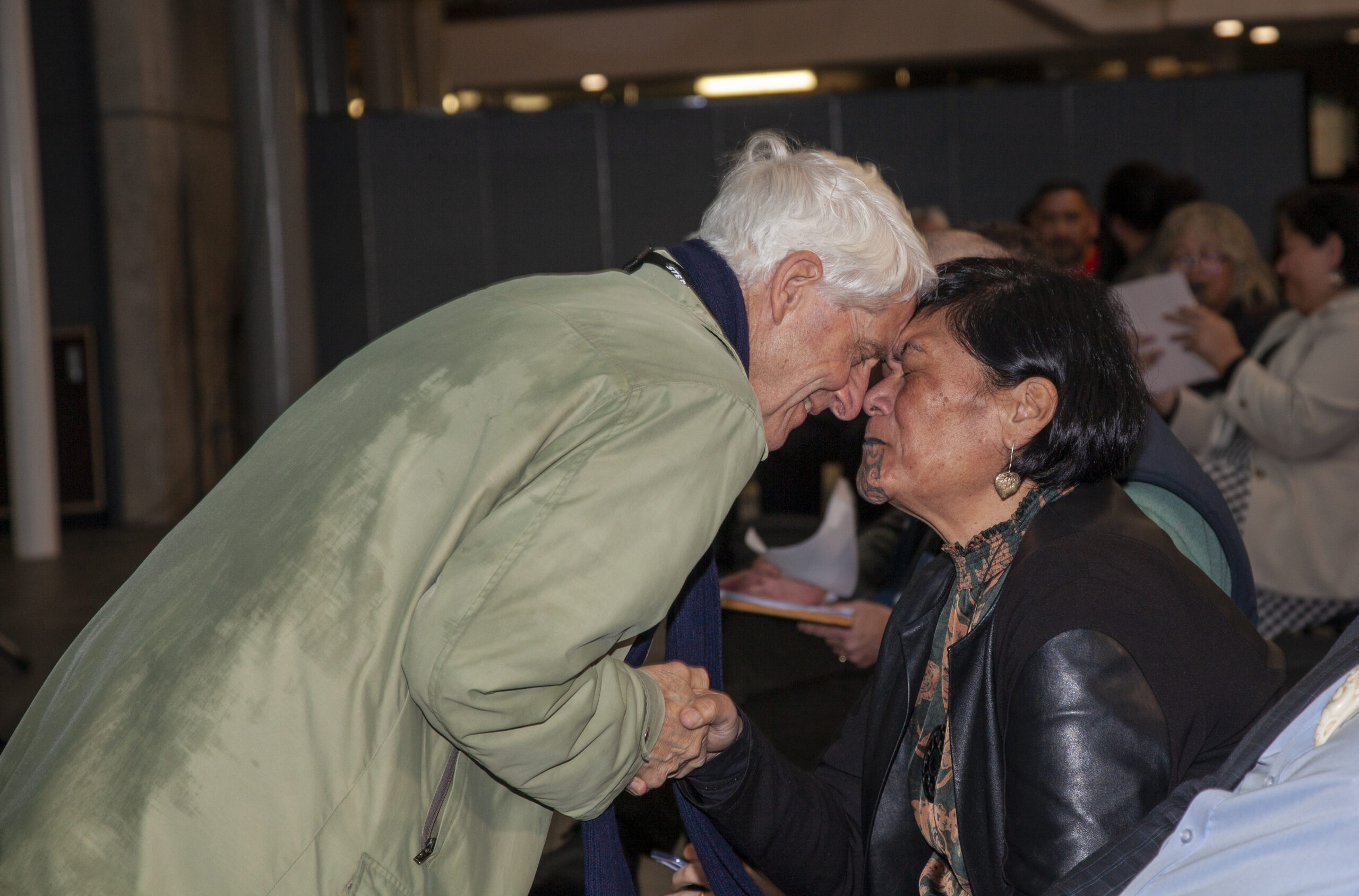
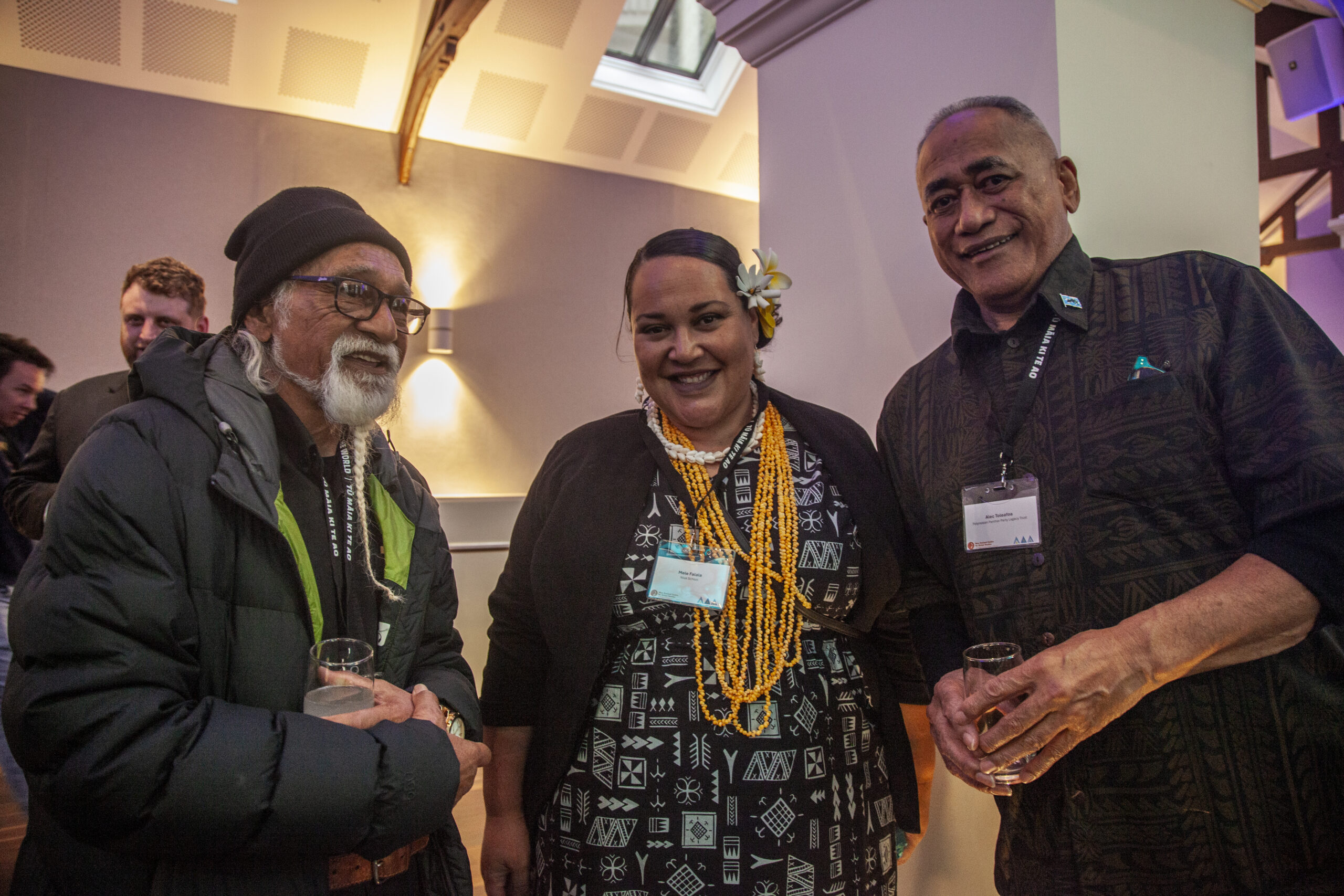
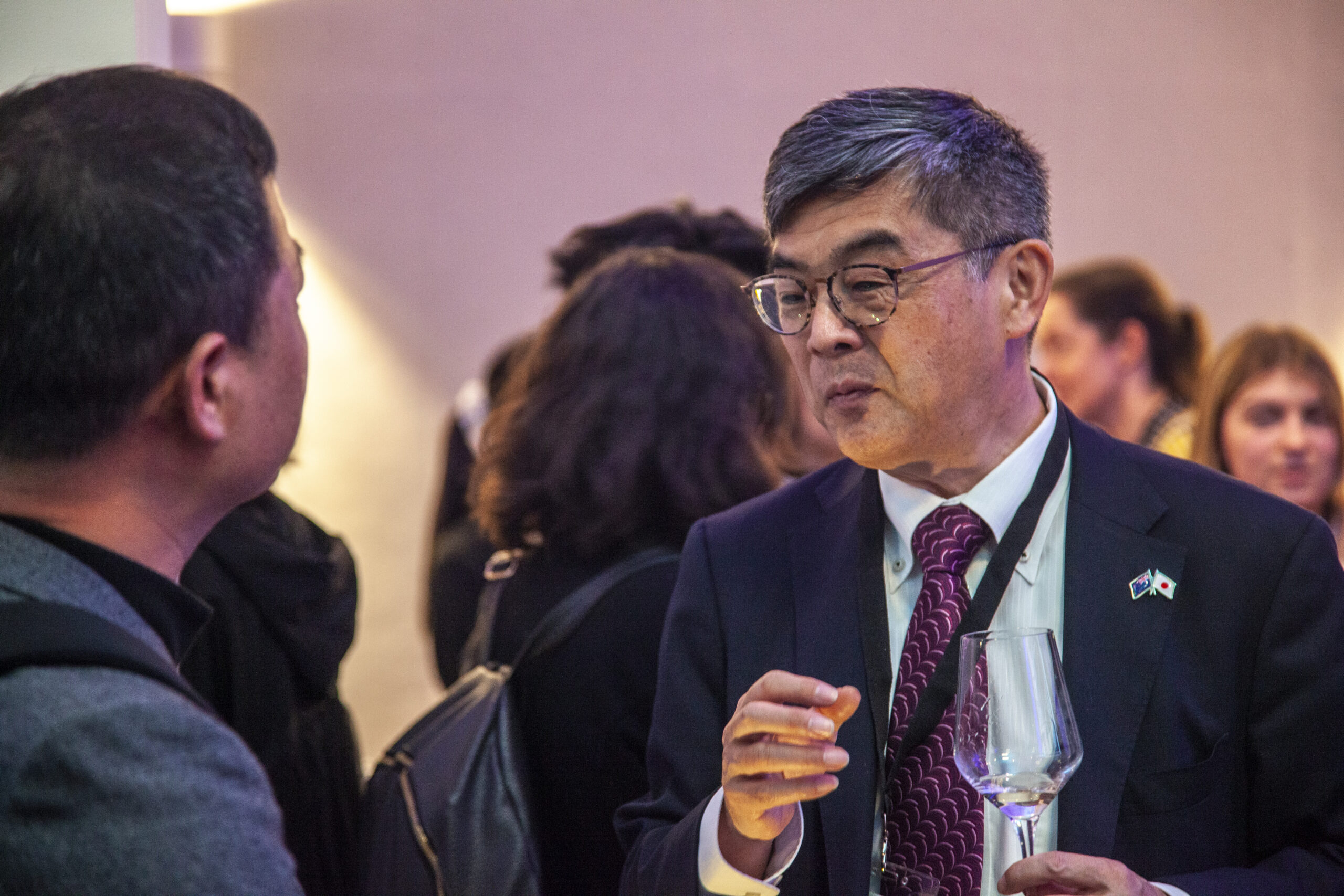
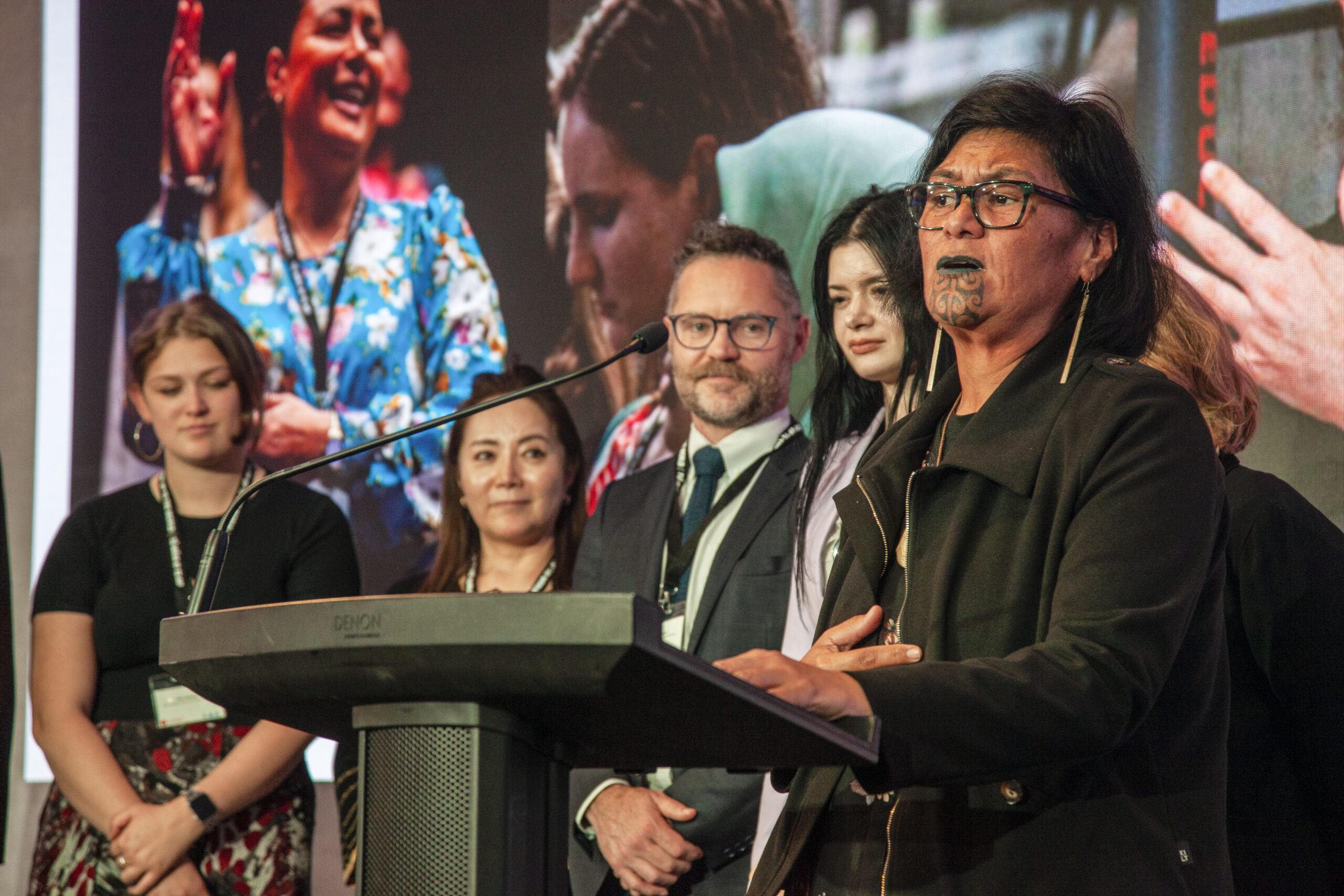
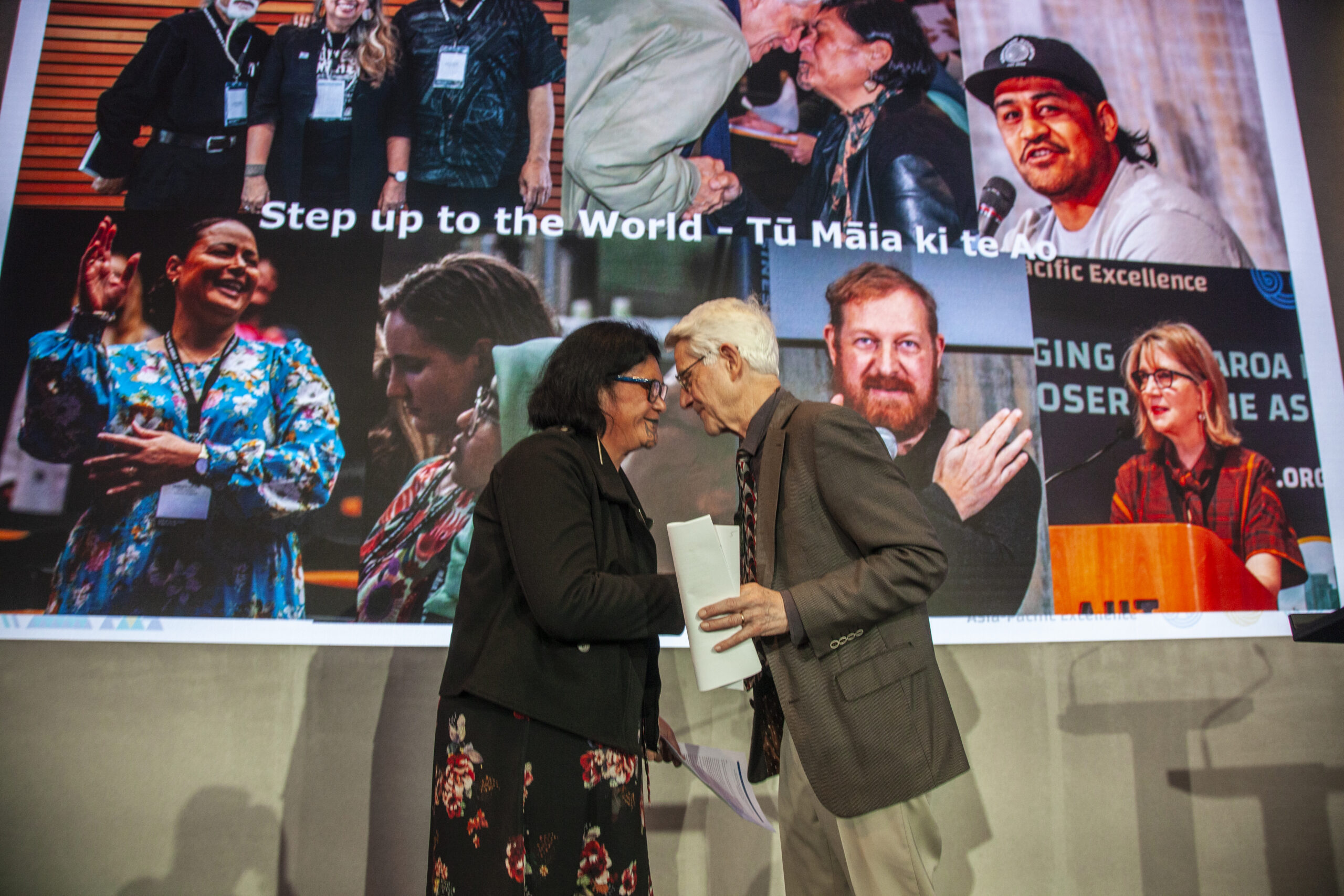
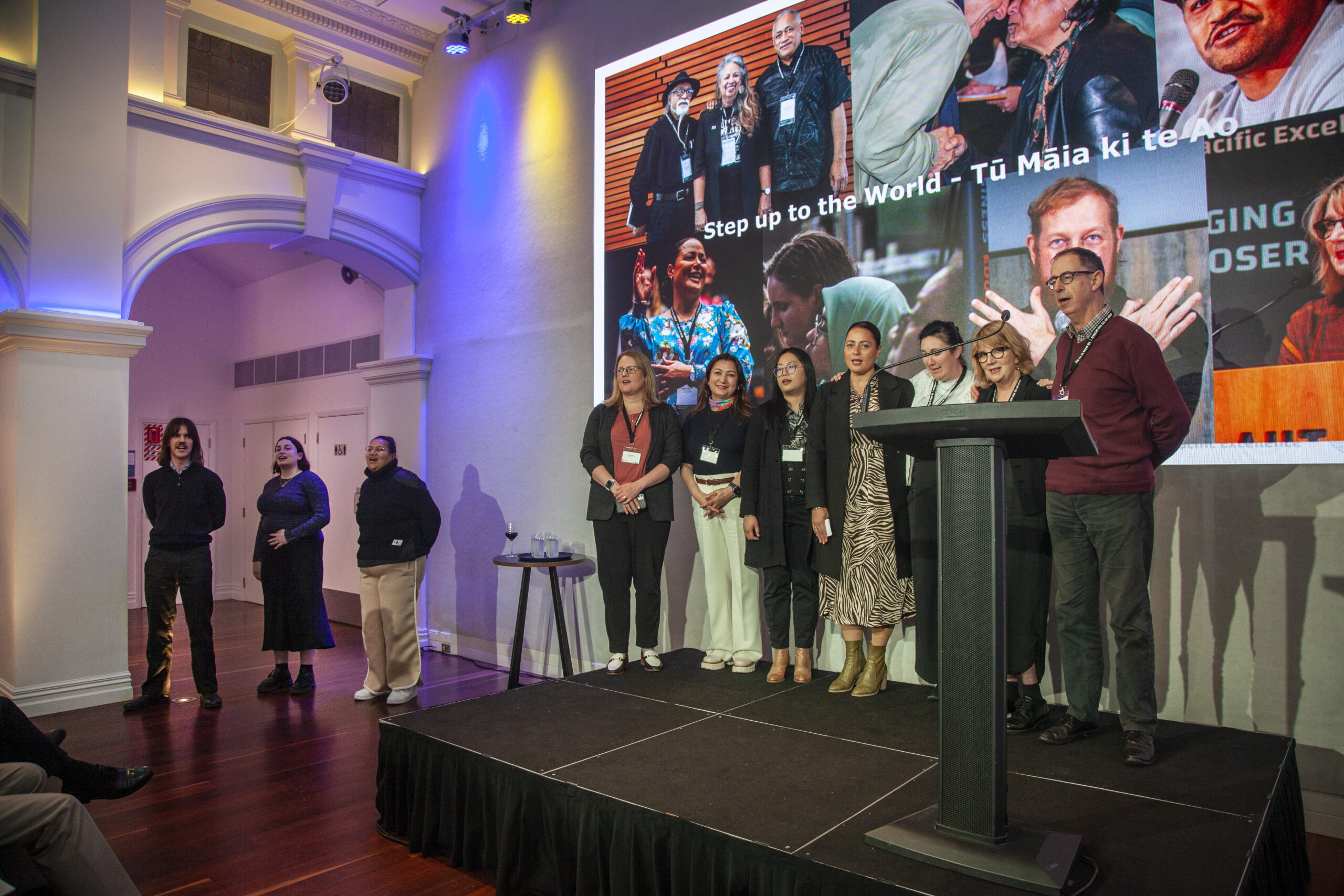
0 Comments